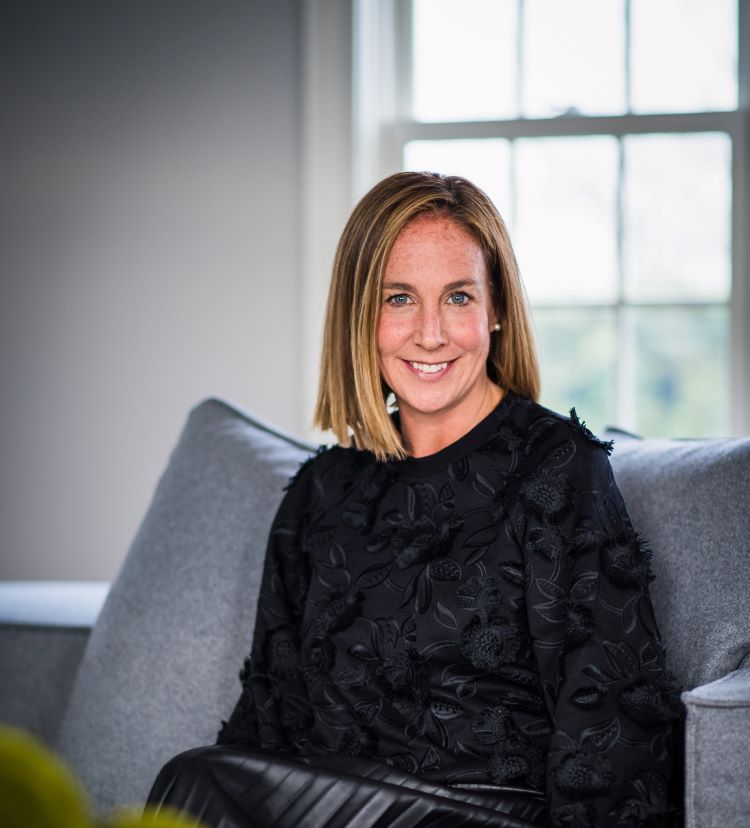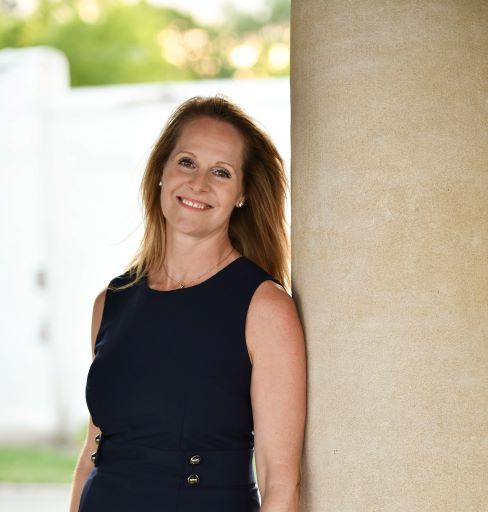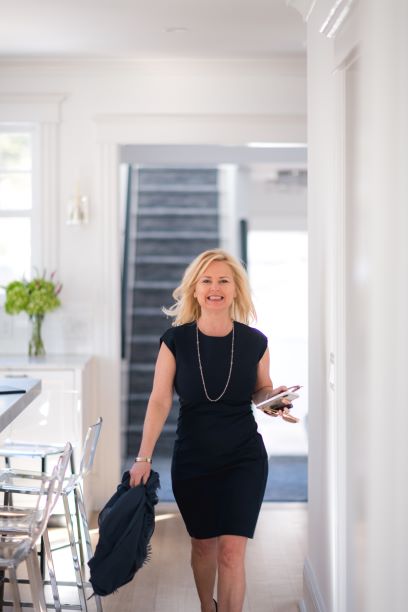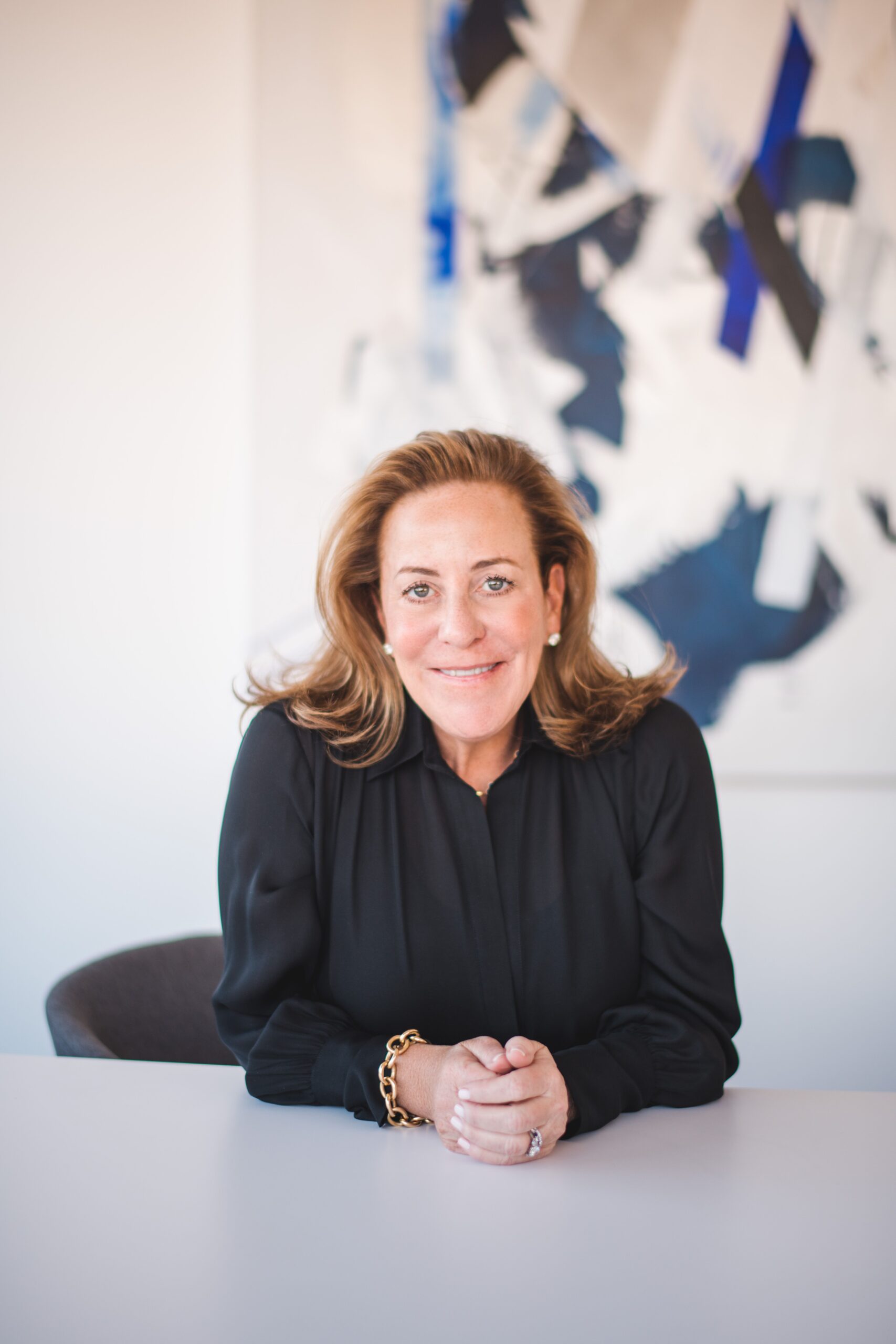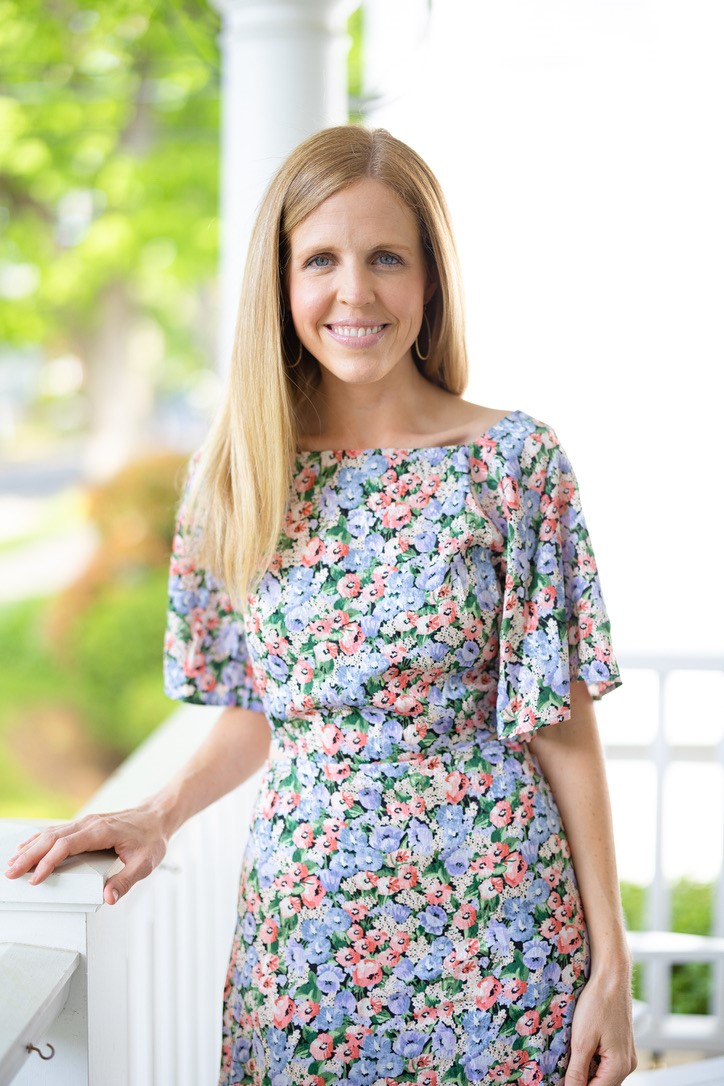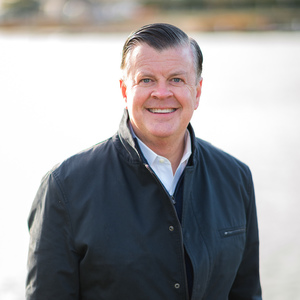 Finally, some good news! Reading – and writing – about the state of our environment and the current care of our planet can be pretty grim sometimes; so, it’s always with great delight that we learn about a success story, especially when it’s right here in our own community.
Finally, some good news! Reading – and writing – about the state of our environment and the current care of our planet can be pretty grim sometimes; so, it’s always with great delight that we learn about a success story, especially when it’s right here in our own community.
 Finally, some good news! Reading – and writing – about the state of our environment and the current care of our planet can be pretty grim sometimes; so, it’s always with great delight that we learn about a success story, especially when it’s right here in our own community.
Finally, some good news! Reading – and writing – about the state of our environment and the current care of our planet can be pretty grim sometimes; so, it’s always with great delight that we learn about a success story, especially when it’s right here in our own community.
At the beginning of this month, Midland Elementary School launched a waste-reduction program in their lunchroom. They partnered with a local non-profit called We Future Cycle to implement the recycling/composting program. Midland students now sort lunchroom waste into different streams both for recycling (traditional commingled recyclables like glass, bottles, and cans, and even polyethylene-lined and aluminum-foil-lined paperboard like milk and juice boxes) and composting (food, paper, and the stack trays). The kids also learn important and easy ways to reduce the weight of trash, such as emptying liquids into the sink before disposing of drinking boxes/cups.
So, what did all this effort yield? Midland School reduced its garbage output from 170 pounds on the day before the program launched to 4.5 pounds on the first day of implementation. That’s a 97% reduction of trash! After all of the kids had eaten, there was only one kitchen-sized bag of trash to show for it. I don’t know about you, but that sure inspired us.
The real impact of this program, though, goes far beyond a 97% reduction in trash. The real impact is about raising young citizens committed to rehabilitating our planet and creating a sustainable future. It’s about showing our children that their individual actions really matter. It’s about empowering them to be agents of change, just like the Midland School community members that made the lunchroom program happen; maybe sparking change just in their homes for now, but perhaps in the world when they grow up.
So, let’s follow Midland School’s lead and begin a conversation tonight at the dinner table. Even if you don’t have a child at Midland, talking about their lunchroom success story is still a great way to get kids interested.
We can help our children figure out ways to reduce their own lunchroom waste output by doing small things like using reusable water bottles. Add reusable sandwich bags, cloth napkins, and reusable utensils if they take lunch to school. We can encourage them to start wondering – and asking questions – about single-use items, and where they go, even when they’re recycled. We can decide to start composting at home, and, in the process, help our children understand the science behind it.
In sum, we can show our kids how easy it can be for each person to make a difference by adopting more sustainable, less-wasteful habits in our homes, schools, offices, and town.
— The Rye Garden Club Conservation Committee



